Signed: Ichiyosai Kuniyoshi ga in a red cartouche and sealed with paulownia (kiri mon).
Date seal and double nanushi censor seals: Fuku & Muramatsu, 1853 (Kaei 6, 2nd month).
Size: Uchiwa-e (untrimmed fan print) 296 x 230 mm.
 SVJP-0303.2019 |
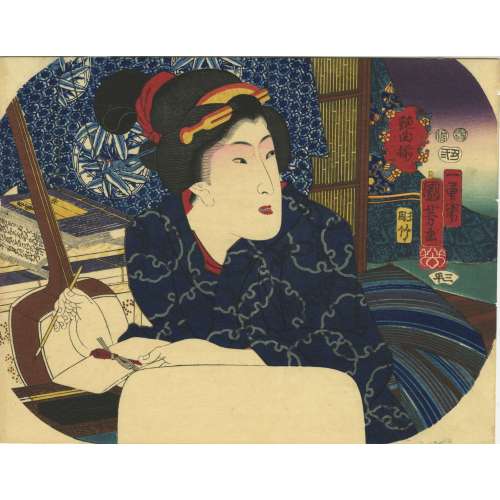
Signed: Ichiyosai Kuniyoshi ga in a red cartouche and sealed with paulownia (kiri mon).
Date seal and double nanushi censor seals: Fuku & Muramatsu, 1853 (Kaei 6, 2nd month).
Size: Uchiwa-e (untrimmed fan print) 296 x 230 mm.
 SVJP-0303.2019 |
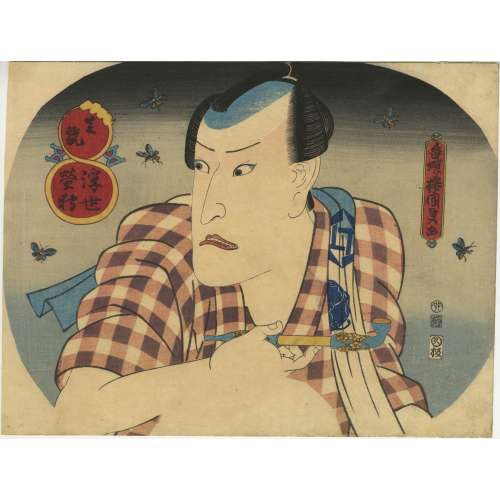

Actor Onoe Baikō, artist Kunisada, publisher Ibaya Kyūbei, c. 1820.
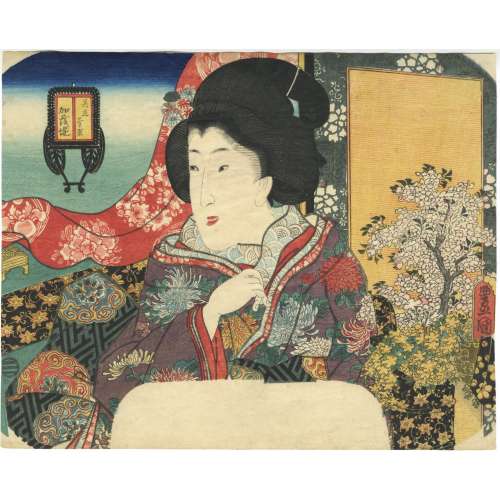
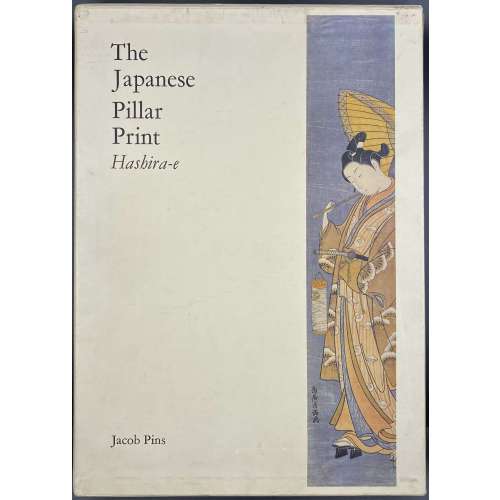

Size: 78.3 x 77.0 x 5.3 mm
For information regarding this type of tsuba see the article 'Kirishitan Ikenie Tsuba by Fred Geyer at Kokusai Tosogu Kai; The 2nd International Convention & Exhibition, October 18-23, 2006, pp. 84-91. School and age attribution thanks to Bruce Kirkpatrick. .
 IHS emblem of the Jesuits |
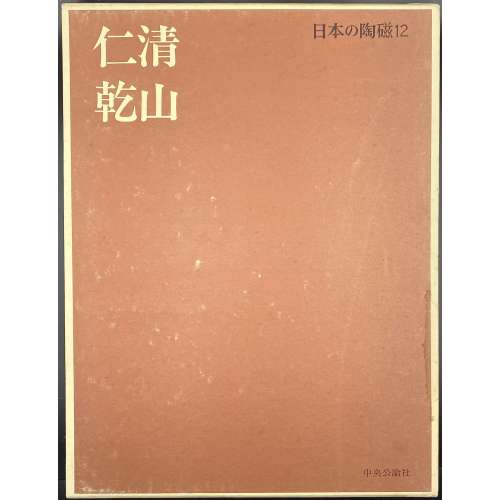
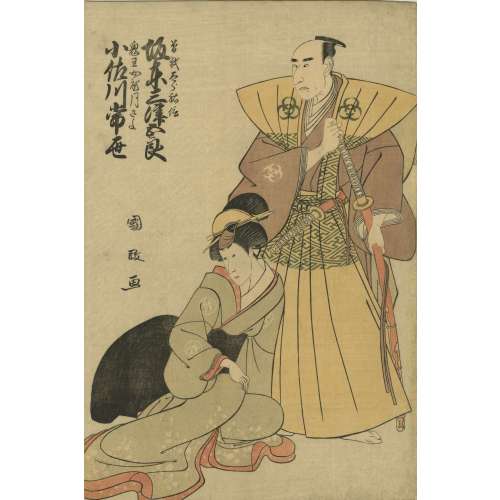
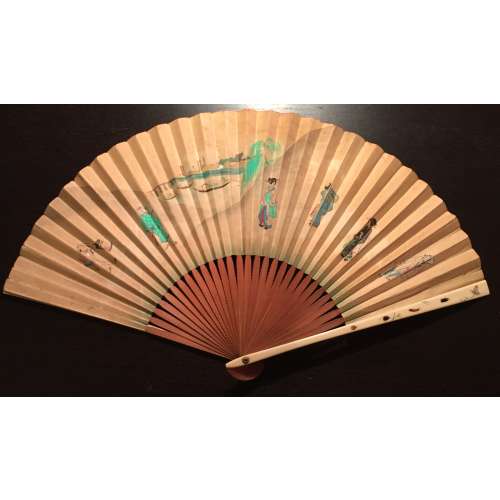
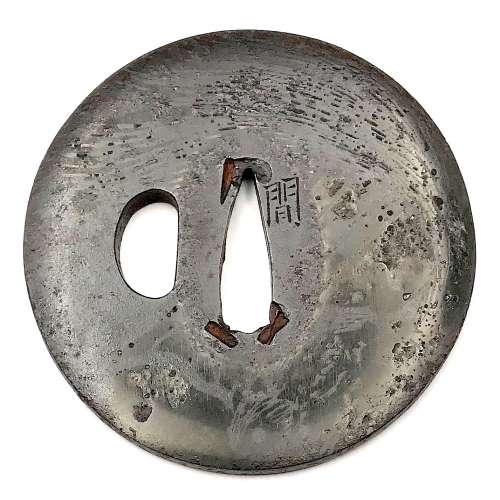
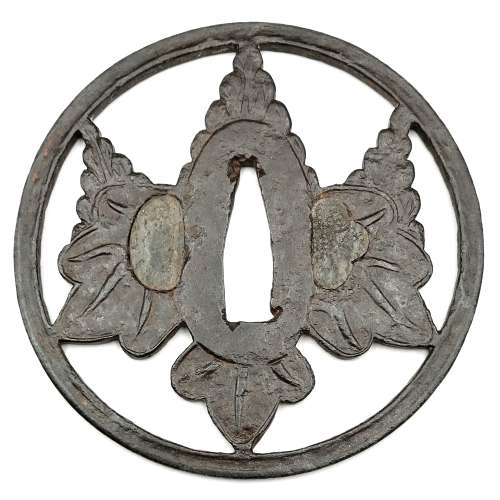

Compton's Collection, Part I, p. 11, №3.
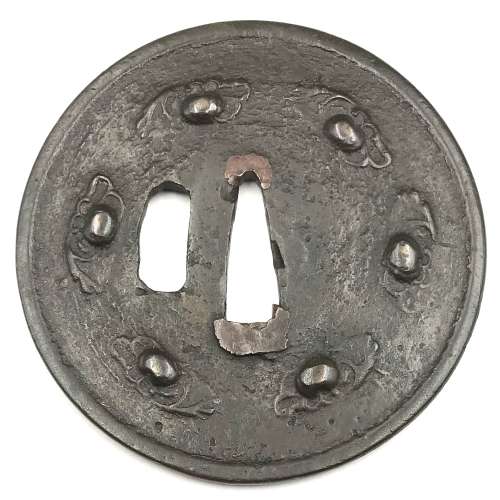
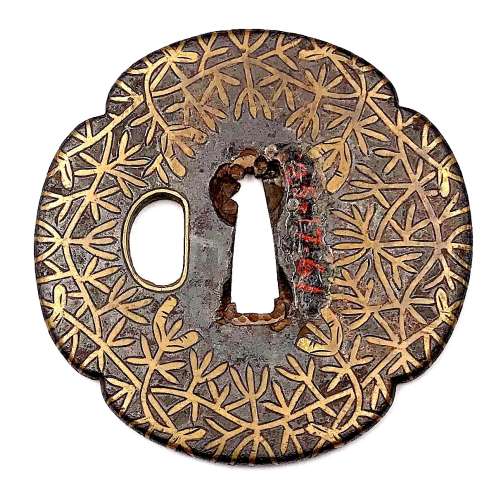
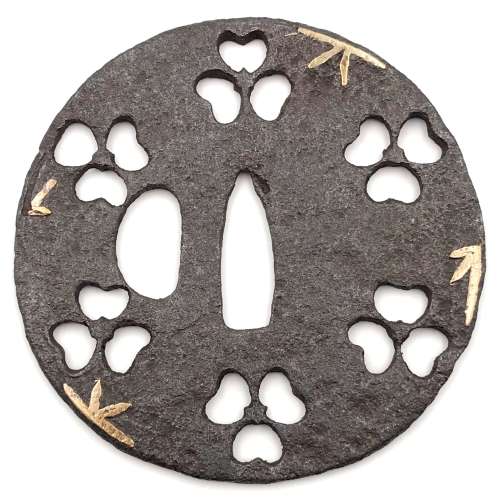
Thin iron tsuba of round form pierced with six three-leaf wood sorrels (katabami) in ko-sukashi and inlaid with brass decoration along the rim. Kozuka-hitsu-ana probably cut at a later date.
Late Muromachi or Momoyama period, 16th century. Dimensions: 78.0 x 77.7 x 2.5 mm.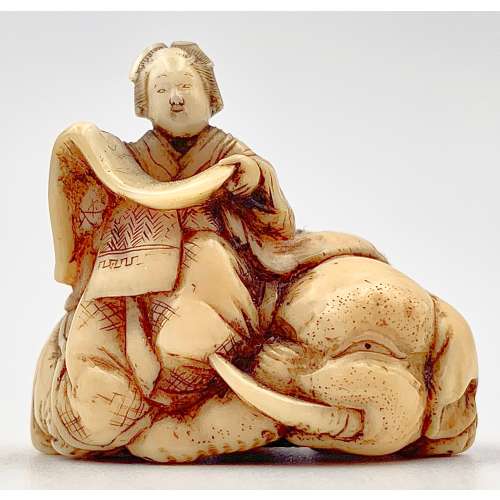
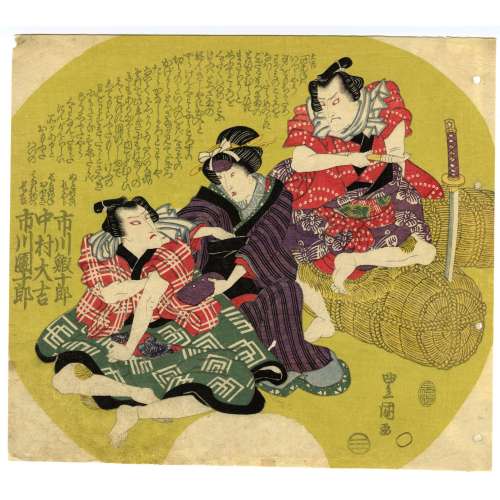
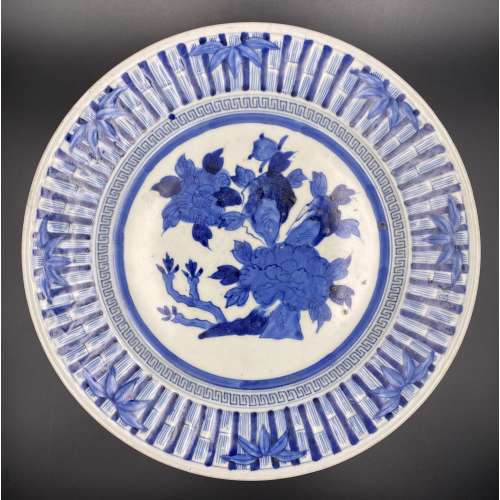
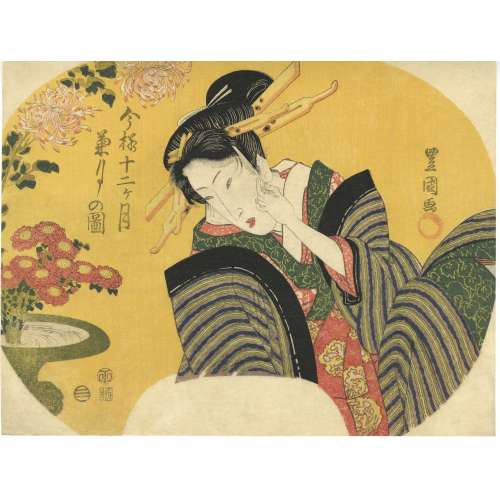
 |
 |
|---|
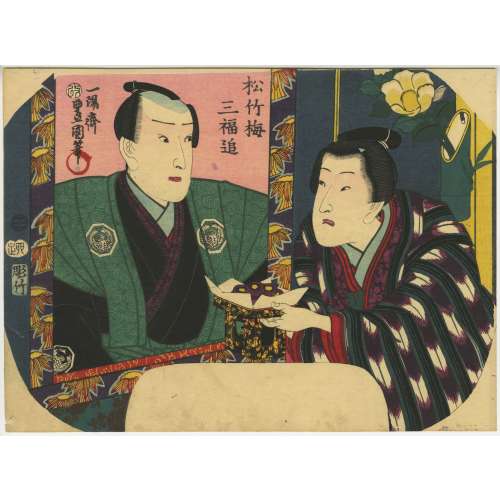
 SVJP-0335.2021 |